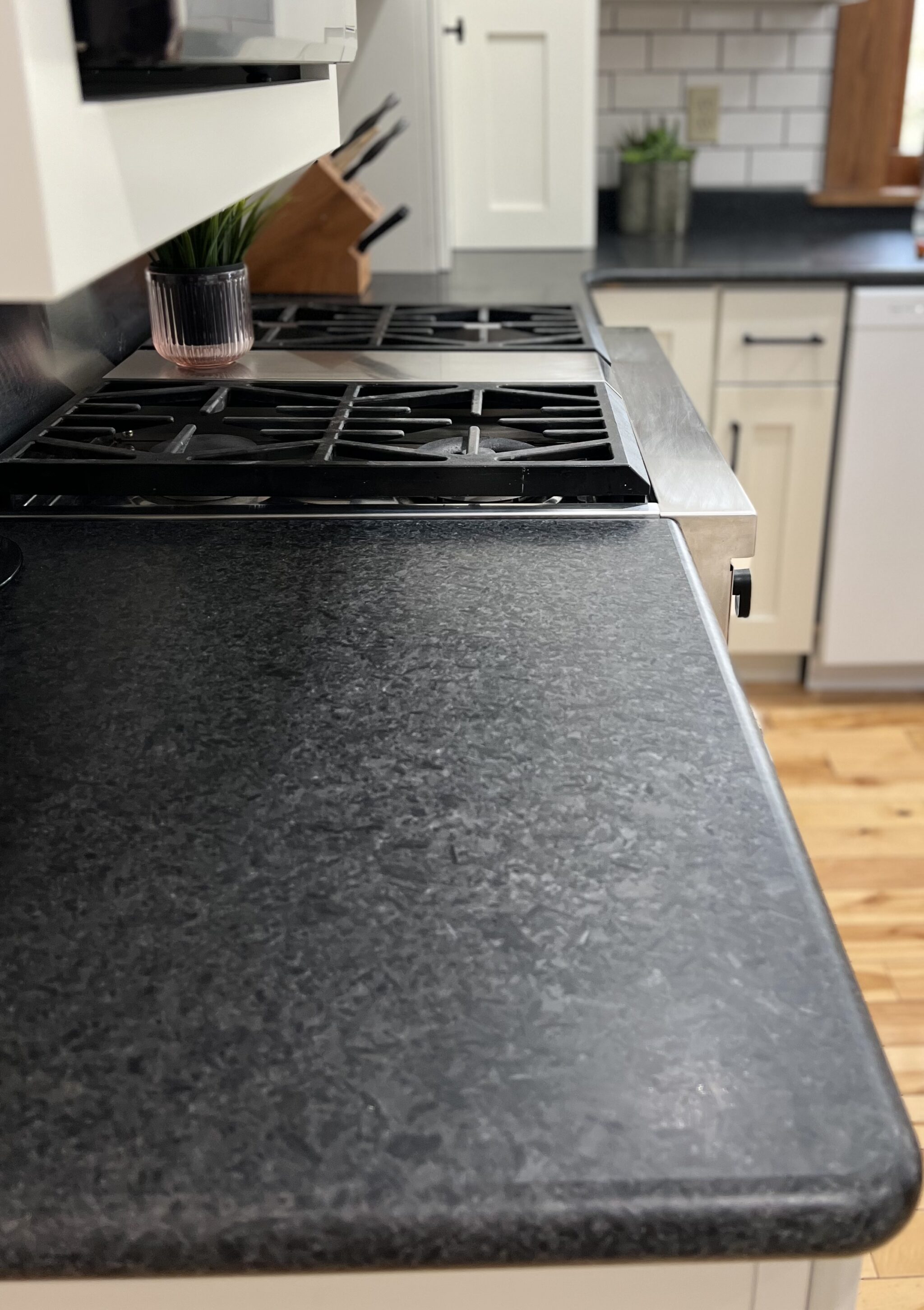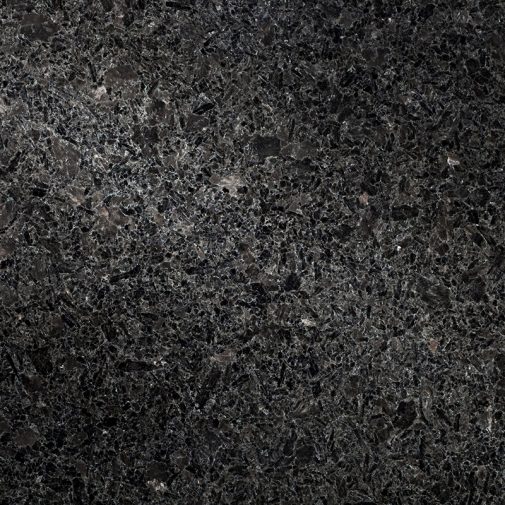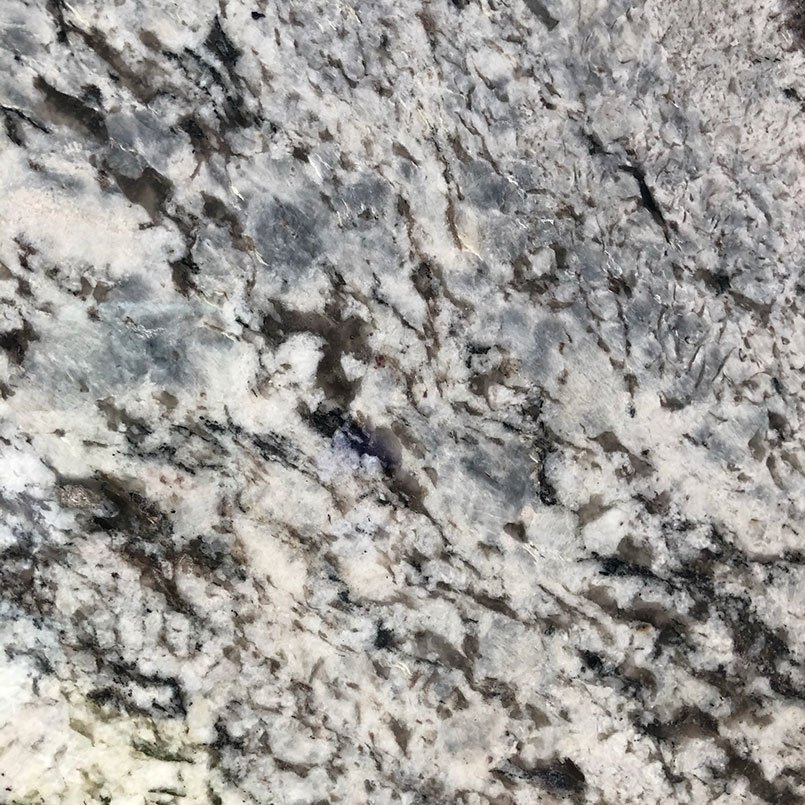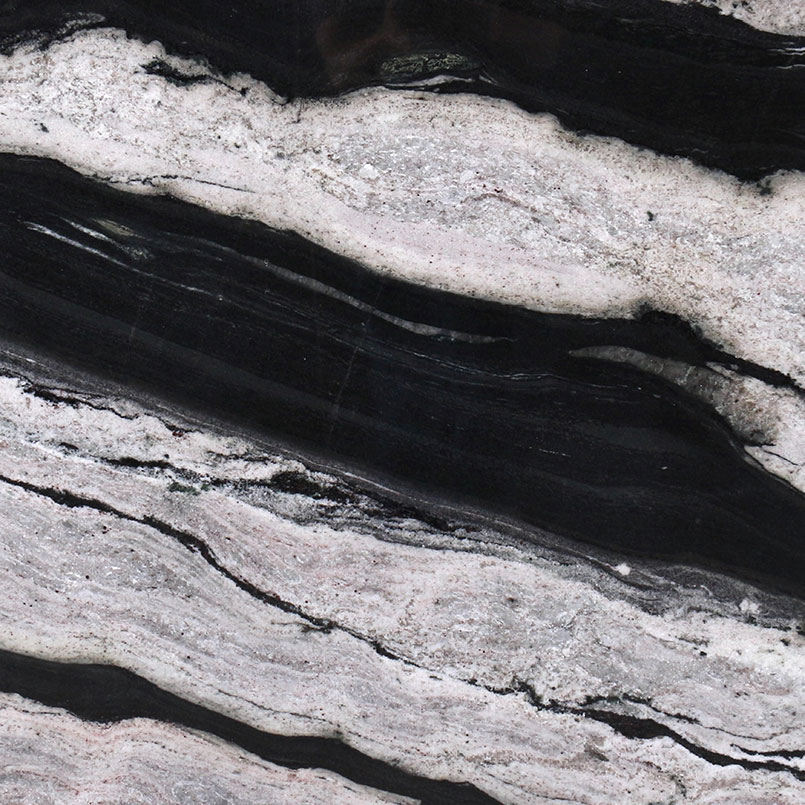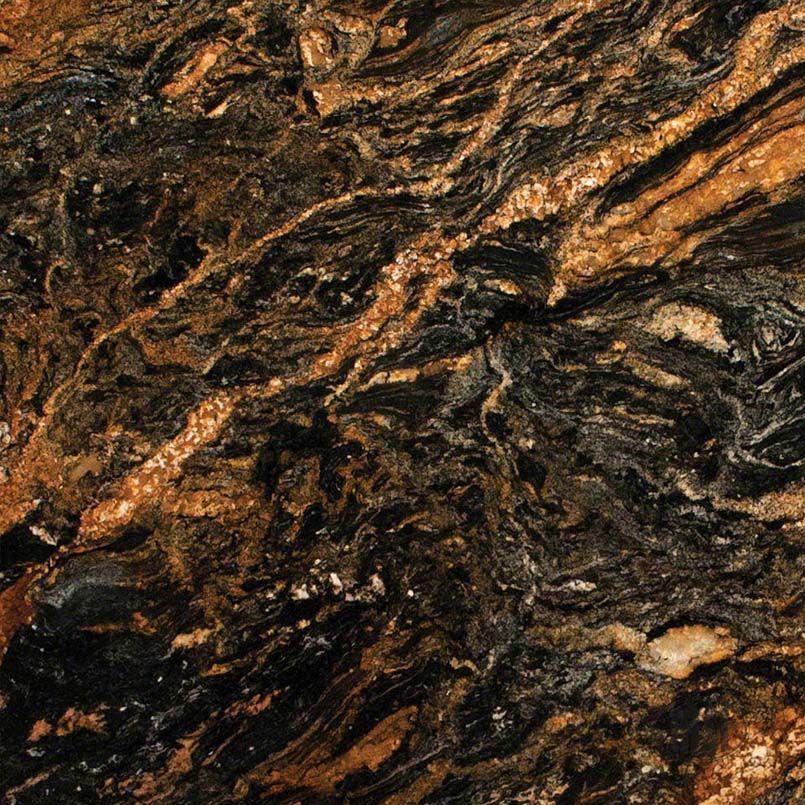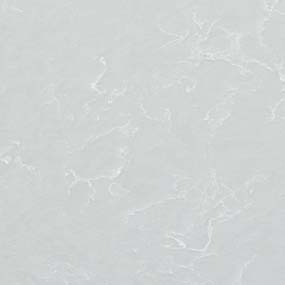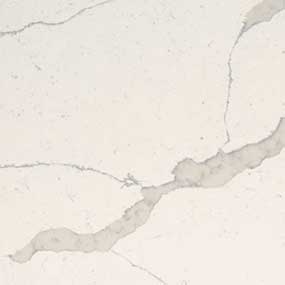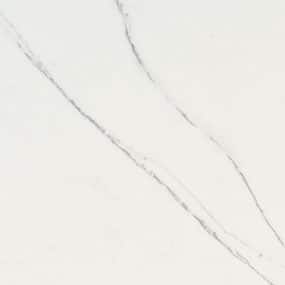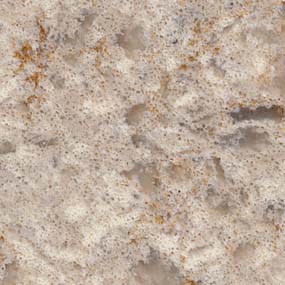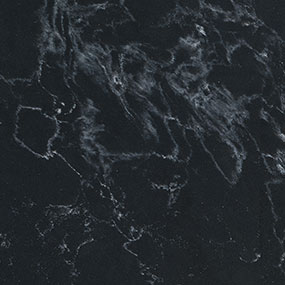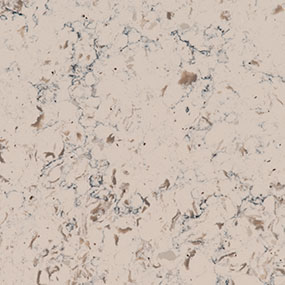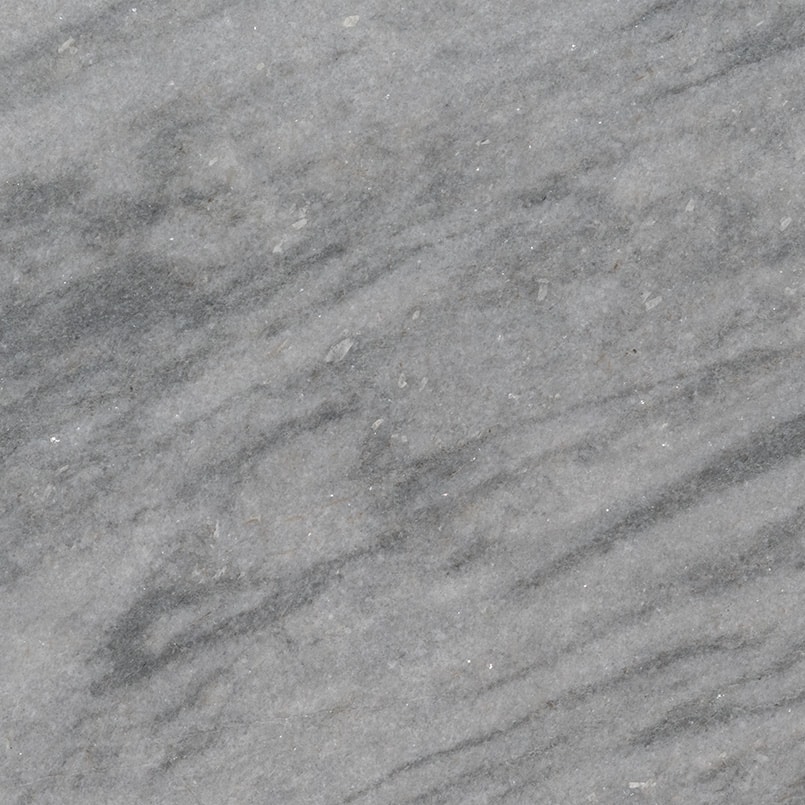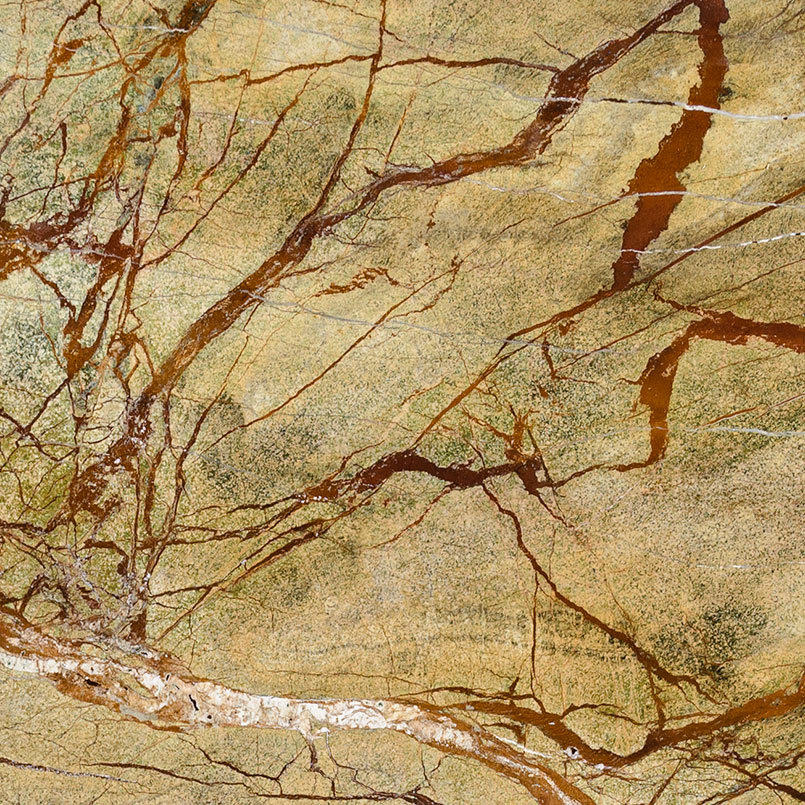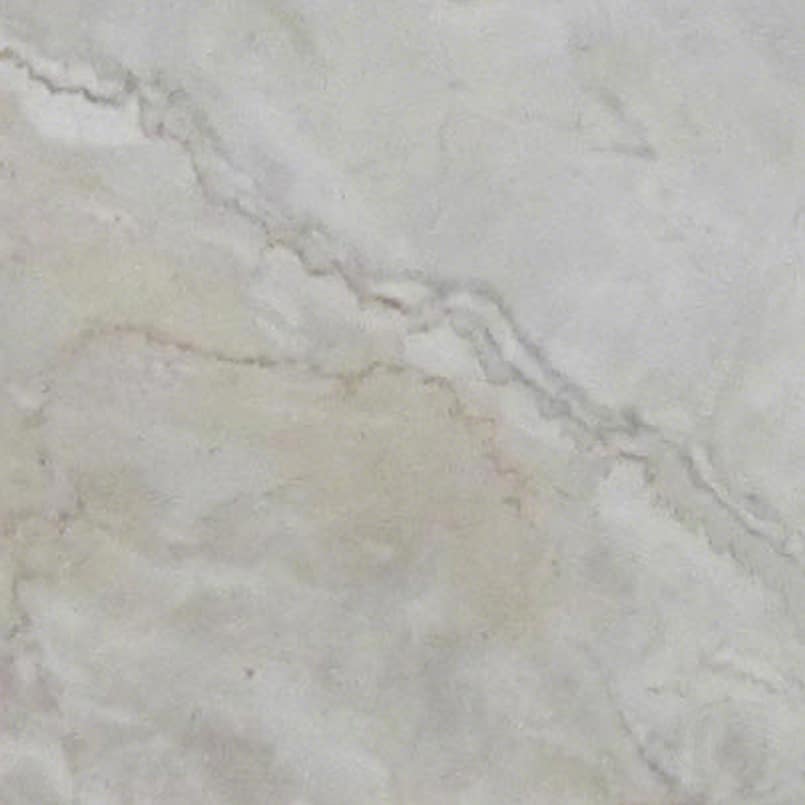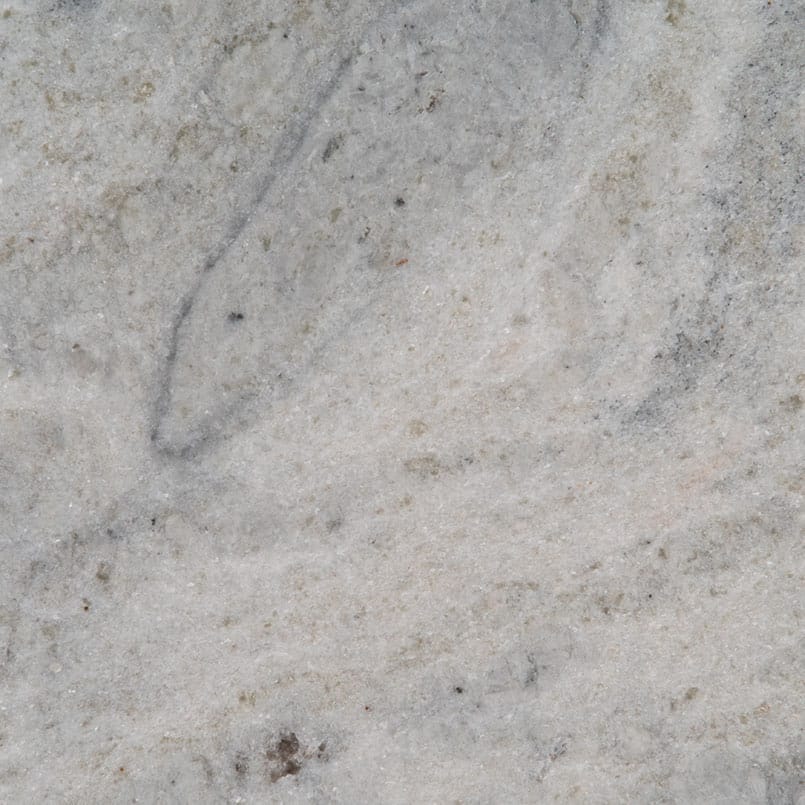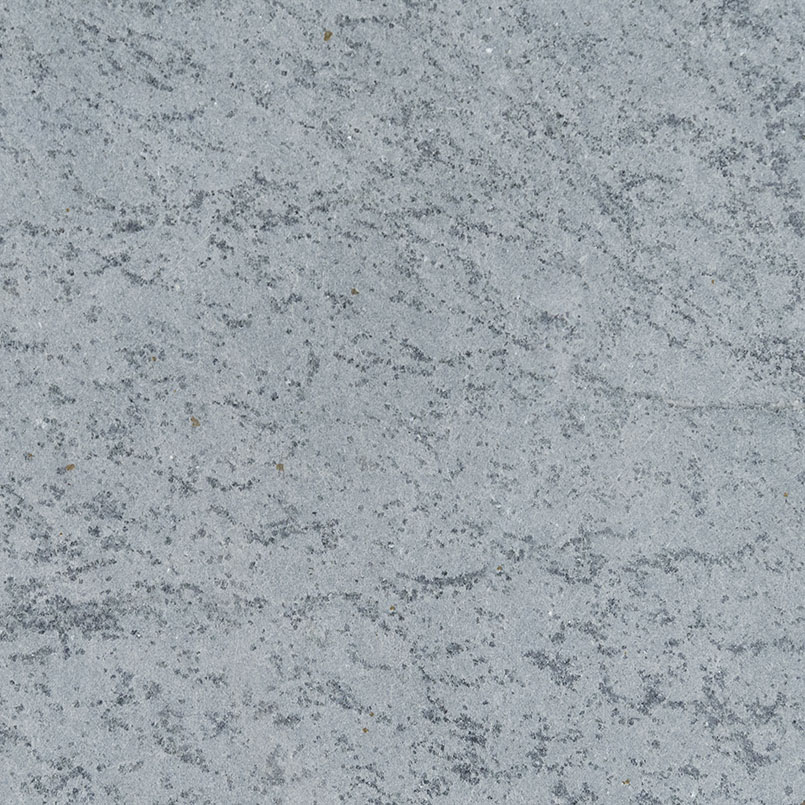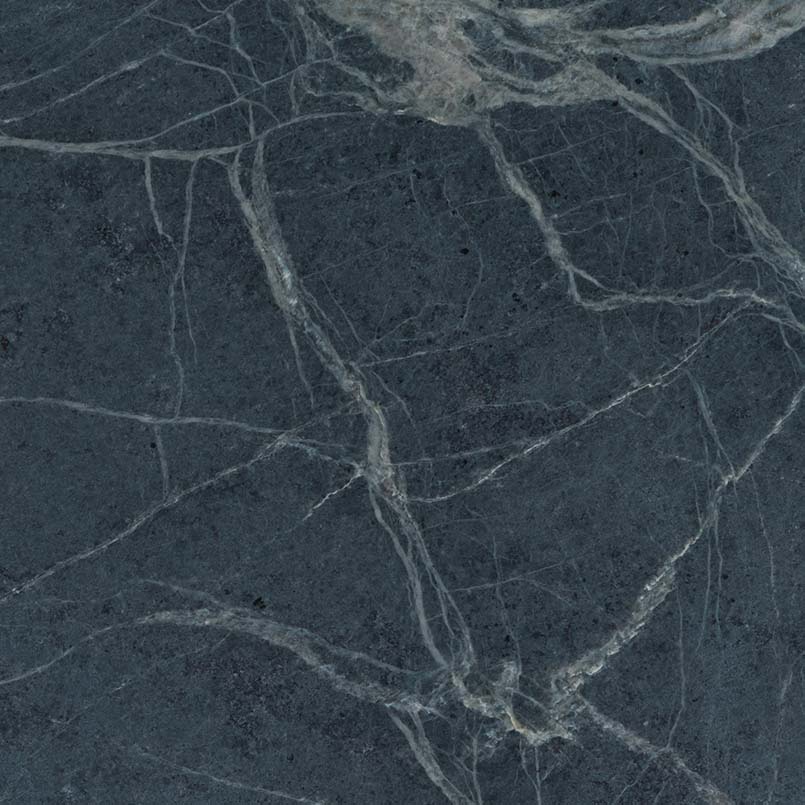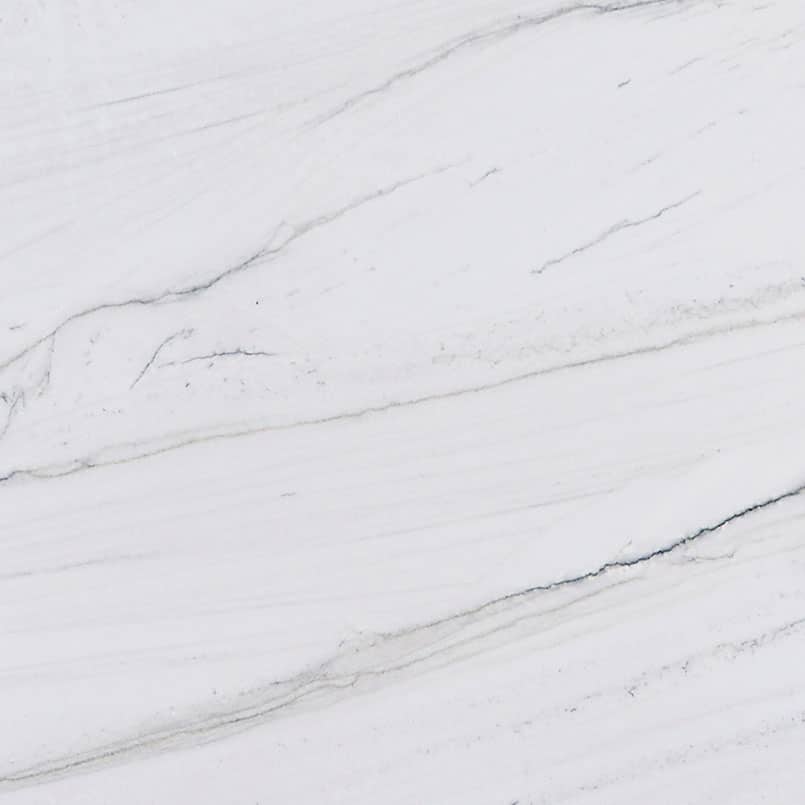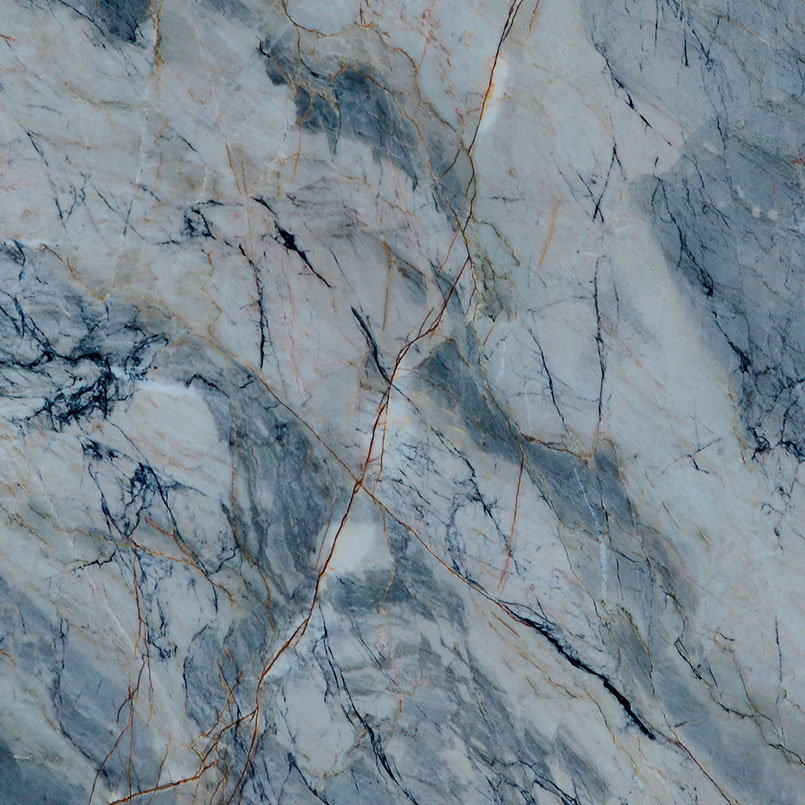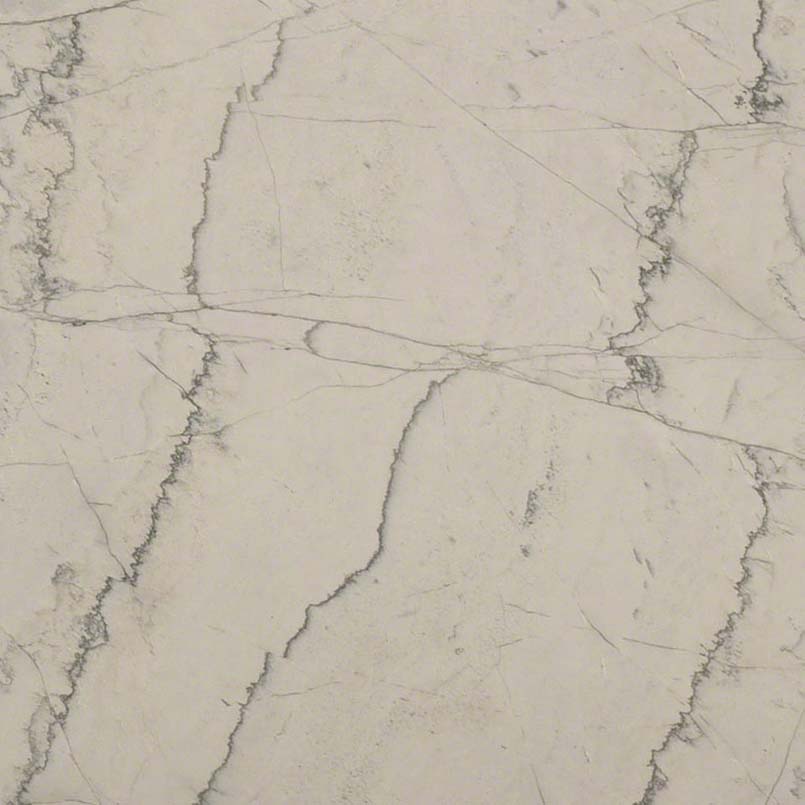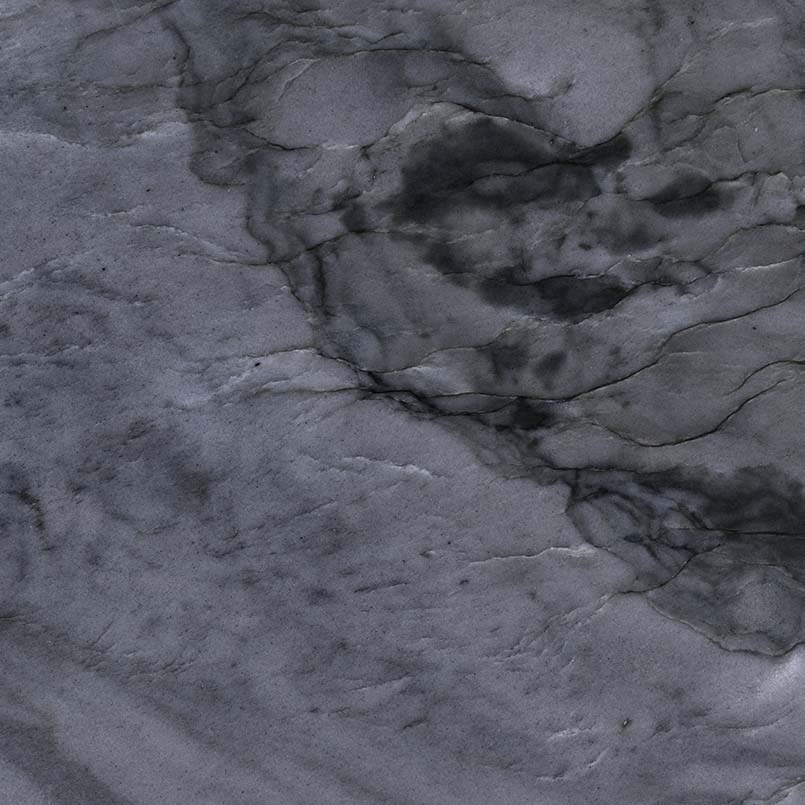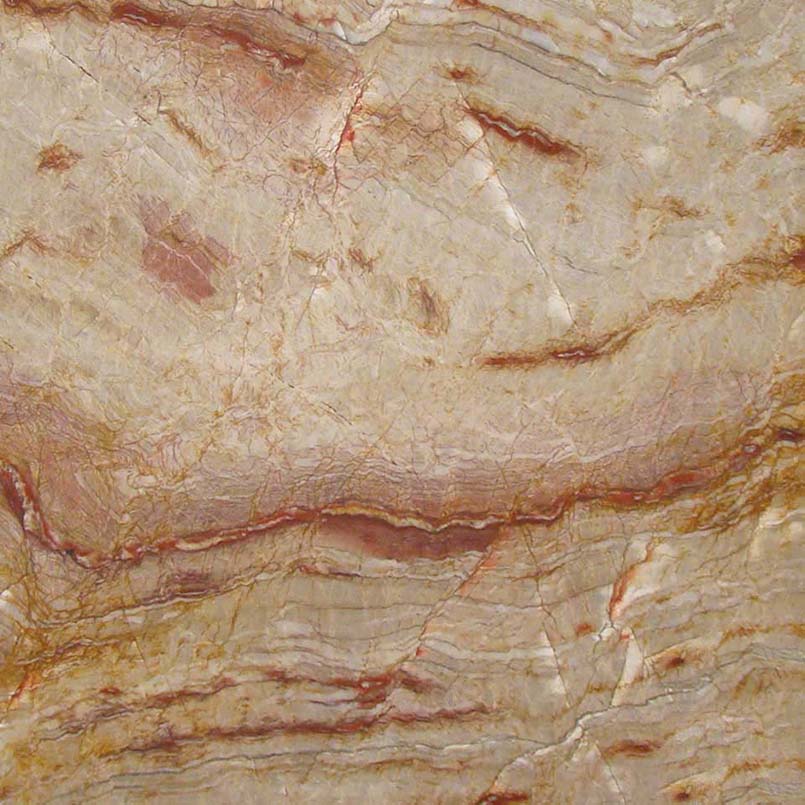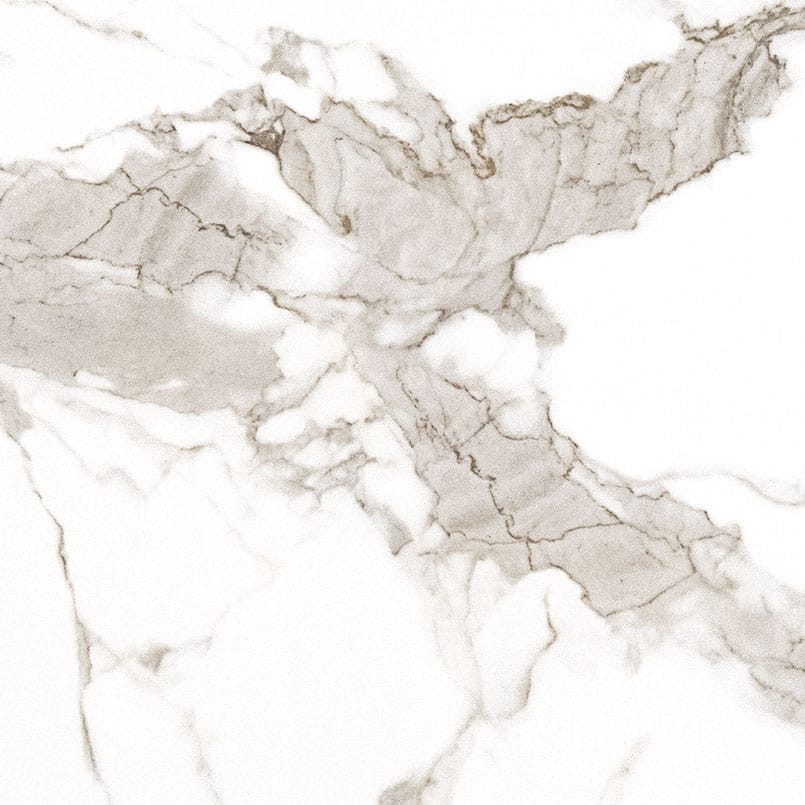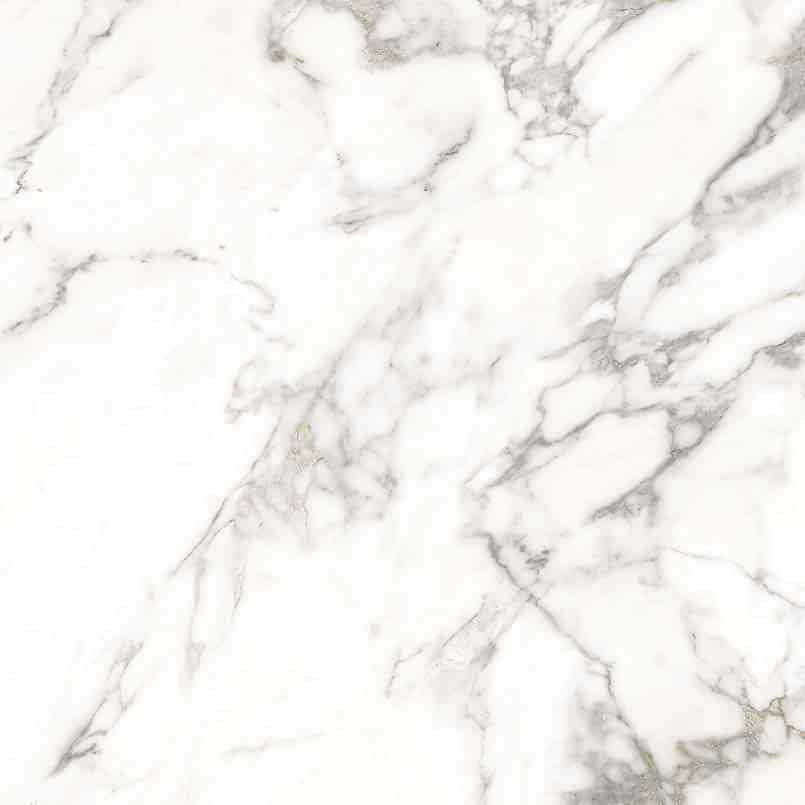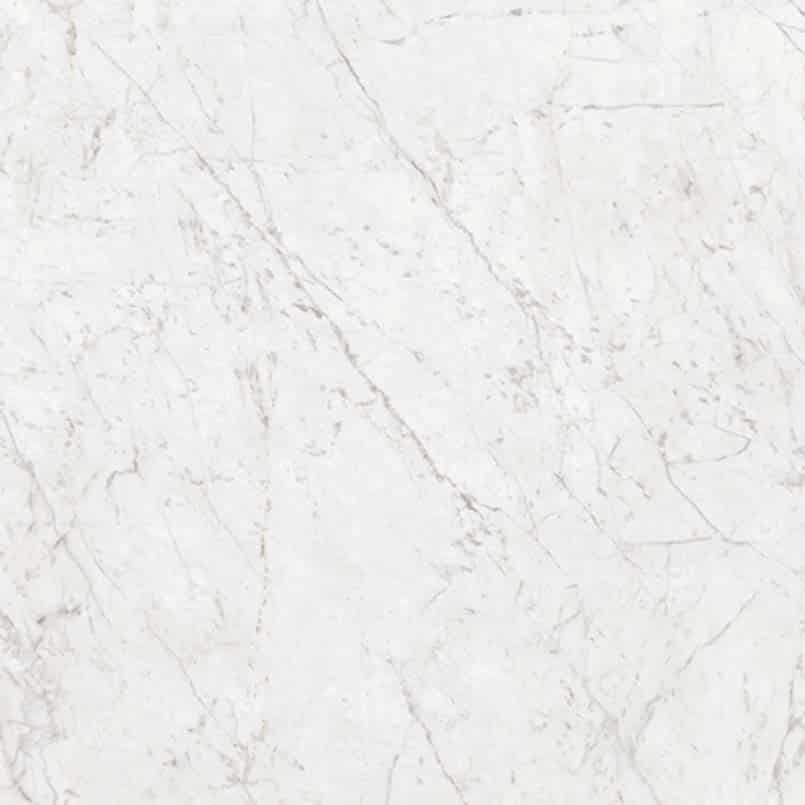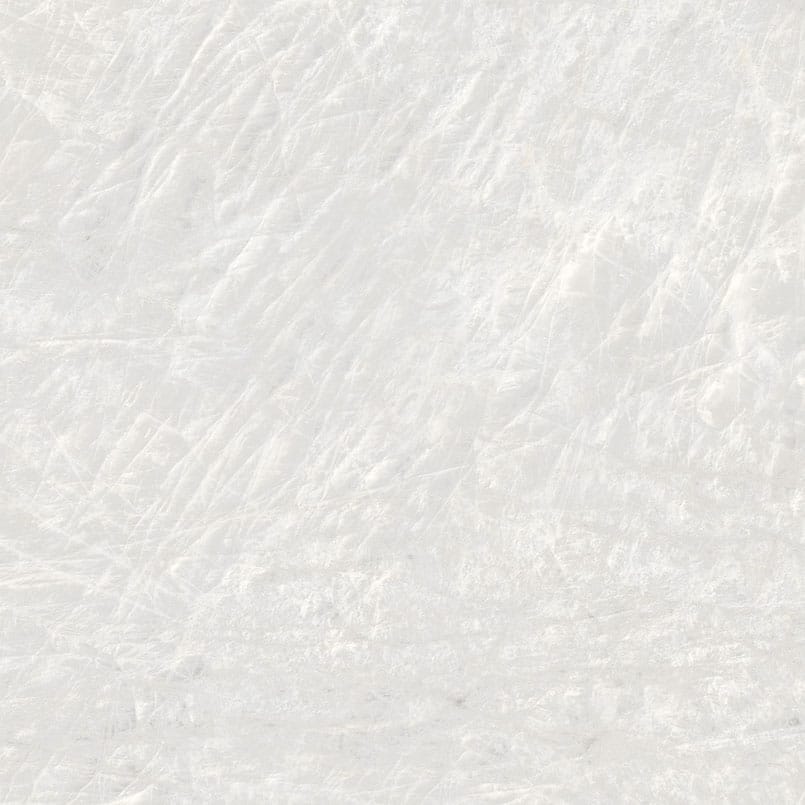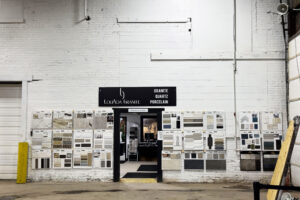Granite Countertops
Composition:
Granite is an intrusive igneous rock, meaning granites are formed when magma is trapped inside the earth. The slow cooling of this magma inside the earth is what eventually forms the granite that we see today. The ratios of minerals within the stone are what gives the impressive colors and variances.
What does that mean for you?
Granite has long been used for countertops because of its natural beauty and durability. While the natural beauty of the stone speaks for itself, the natural composition of the stone is just as beneficial when it comes to kitchen and bathroom countertops. Specifically, natural granites are extremely hard when compared to many other stones. They are resistant to chips and cracks. Additionally, you will be hard pressed to change the appearance through regular use. Granites are extremely heat resistant, stain resistant, bacteria resistant, and chemical resistant. With modest care and attention, you will be able to enjoy your countertop for many years to come.
Appearance: Granite comes in many different colors and vein patterns. The quartz within the stone often gives a base appearance of a milky white. However, different minerals within the stone can change the color immensely. White, pink, and black are all within granite’s color possibilities.
Quartz Countertops
Composition:
Quartz is an engineered (v. natural) stone product generally comprised of anywhere from 90% -95% natural ground quartz with the remainder being resins, polymers, and pigments.
What does that mean for you?
Because of the resins and polymers, quartz is not a heat resistant product. Special care must betaken to ensure that hot items are not placed directly onto the countertop or else you risk discoloration and melting. Beyond that, a quartz slab (with modest care and attention) will last for years.
Appearance:
Because quartz is an engineered product, the limitations are far and few between in terms of appearance. Quartz countertop manufacturers offer many different styles and colors to fit your taste. Generally speaking, quartz is made to resemble some sort of natural stone. Note that quartz’s appearance will not vary as much from slab to slab when compared to some natural stones. Looking at a small sample will give you an accurate representation of what to expect when your countertop slabs come in.
Marble Countertops
Composition:
In geologic terms, marble is a metamorphic rock. It is formed when heat and pressure metamorphizes, or changes, the stone. Beginning as some variation of limestone, the heat and pressure cause the grains of the stone to recrystallize. As a natural stone, the proportions of other minerals within can lead to dramatic colors and veining.
What does that mean for you?
Marble is inherently a softer and more porous stone. This means that the countertops made from marble can be prone to chips, scratches, dents, and stains. For a homeowner, marble countertops will require moderate to high maintenance.
Appearance:
Typically, a light-colored stone, the presence of additional minerals can lead to other colors such as blue, gray, yellow, or black. The striking veining that is often seen in the stone is nothing short of stunning. Marble has been coveted for its natural beauty and known for its elegance. The ancient Romans used marble in their pillars and sculptures, the Leaning Tower of Pisa is made of marble, and the US Supreme Court building is constructed from marble.
Soapstone Countertops
Composition:
Soapstone is dominantly comprised of the mineral talc. Just like marble, soapstone is a metamorphic rock. It is formed through pressure and heat. Soapstone also goes through a chemical alteration process called metasomatism. A flow of liquids had to chemically alter the stone during its formation to become what you see today.
What does that mean for you?
Soapstone’s natural composition causes the stone to change in appearance when exposed to water, oil, and oxygen. Mineral oils are often applied to accelerate this process as the patina (altered appearance through the oxidation of a material) is often the desired appearance. With or without mineral oil, your soapstone countertop will darken and can even develop hues of blue or green over time. Next, because of the talc, soapstone is softer when compared to other countertop materials. Over time, a soapstone countertop will likely show signs of use because of chips or scratches. Some advocates of soapstone say that the signs of use add to the stone’s natural beauty. Regular maintenance will be needed to correct the signs of use if the weathered appearance is not the desired look. Lastly, soapstone is both a stain resistant and heat resistant product.
Appearance:
Generally speaking, soapstone has a unique base color of a soft gray. Just like other natural stones, the presence of different minerals can lead to changes in color and different veining.
Quartzite Countertops
Composition: Quartzite differs from quartz in that it is a 100% natural stone material. It is a metamorphic stone formed through heat and pressure comprised of quartz-rich sandstone.
What does that mean for you?
Quartzite countertops are heat resistant, stain resistant, and bacteria resistant surfaces. Moderate care and attention will allow you to enjoy your quartzite countertop for many years to come. Additionally, as a natural stone, no two countertops are exactly alike.
Appearance:
In some cases, quartzite closely resembles marble. In other cases, the stone looks completely unique to itself. The background of quartzite is typically light in color while various mineral contents within the stone can give hues from blue to orange.
Porcelain Countertops
Composition:
Porcelain is an engineered product made from a specific clay called Kaolin. The Kaolin clay along with some other minerals and pigments is heated at 2,200°F – 2,600°F to create the finished material.
What does that mean for you?
Traditionally, porcelain has been used for flooring and wall cladding. Recently, porcelain has started to gain traction as a countertop option. Unlike other man-made countertop options, the heat that it goes through in the production process causes porcelain to be extremely heat resistant. Additionally, it is a very stain resistant and hard material. Porcelain is, however, one of the thinnest countertop materials available. With a thickness of only around 12 millimeters, porcelains can be prone to breaking or cracking.
Appearance:
As an engineered product, porcelain countertops can come in virtually any color and veining pattern. Like quartz, looking at a small sample or at pictures online will give you a fair understanding of what to expect with your countertop.

